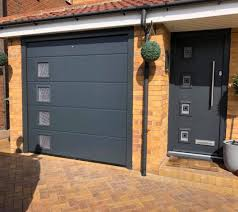Bleeding your radiators is an invaluable homeowner skill if you want your radiators to run at peak performance in cold weather. Thankfully, it’s a simple task requiring a few basic tools and our simple step-by-step guide.
How do I know if I need to bleed my radiators?
If your radiators are cooler at the top than the bottom, they may need bleeding. Over time, air builds up in your radiators, preventing the water from circulating As a result, your radiators don’t perform at peak efficiency.
It’s an easy job, but if you prefer to let the professionals tackle it or your central heating needs an overhaul, contact a plumber Gloucester such as www.hprservicesltd.com/emergency-plumber-gloucester to carry out any work.
How to Bleed Your Radiators
Here’s what you need before you start:
A radiator key or flathead screwdriver
A towel or other absorbent cloth
A container that fits under the radiator to catch any drips.
Step 1: Identify radiators that need bleeding
Start by identifying the radiators that need bleeding. Turn on your heating, and when the radiators are heated, find the units that remain cool at the top. Now turn off the heating and let the system cool down.
Step 2: Find the bleed valve
This valve can usually be found at the side of the radiator, at the top. Depending on the design of your radiator, you’ll need a radiator key or flathead screwdriver to release the pressure.
Step 3: Place the container to catch any drips
Place the container under the valve and keep your towel handy to catch any drips. You’re ready to tackle your first radiator.
Step 4: Release the pressure
Turn your radiator key or screwdriver anti-clockwise. Do this slowly and only until the radiator starts to hiss-that’s the sound of air escaping. Once air stops escaping and water starts coming out, retighten the valve by turning it clockwise. Clean up any spillages and move on to the next radiator.
Step 5: Turn the heating back on
It’s time to turn the heating on and enjoy consistent heat and a cosy home.




